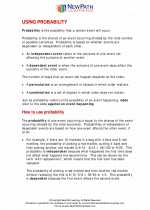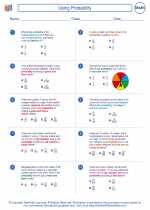Triangle Wave Pattern
A triangle wave pattern is a type of waveform that has a triangular shape. It is commonly used in electrical engineering, physics, and signal processing. The triangle wave pattern is characterized by linearly increasing and decreasing amplitude, which creates a triangular shape when plotted against time.
Properties of Triangle Wave Pattern
- Amplitude: The maximum height of the waveform.
- Frequency: The number of complete cycles of the waveform that occur in a unit of time.
- Duty Cycle: The ratio of the time the waveform is high (or positive) to the total period of the waveform.
- Phase: The position of the waveform relative to a reference point in time.
Mathematical Representation
The mathematical representation of a triangle wave pattern can be expressed using a piecewise function:
f(t) = A - 2A|t - T/2k|
Where:
- f(t) is the output value of the waveform at time t.
- A is the amplitude of the waveform.
- T is the period of the waveform.
- k is the slope factor that determines the rate of increase and decrease of the waveform.
Applications
The triangle wave pattern has various applications, including in audio synthesis, modulation techniques, and motor control systems. It is also used in testing and calibration of electronic equipment.
Study Guide
When studying the triangle wave pattern, it's essential to understand its properties, mathematical representation, and applications. Practice plotting and analyzing triangle waveforms with different amplitudes, frequencies, and duty cycles to gain a deeper understanding of the concept. Additionally, explore how triangle wave patterns are utilized in real-world engineering and scientific contexts.
Remember to review key formulas and concepts related to triangle wave patterns, and consider working through example problems and exercises to reinforce your understanding.
.◂Math Worksheets and Study Guides Seventh Grade. Using Probability

 Worksheet/Answer key
Worksheet/Answer key
 Worksheet/Answer key
Worksheet/Answer key
 Worksheet/Answer key
Worksheet/Answer key
